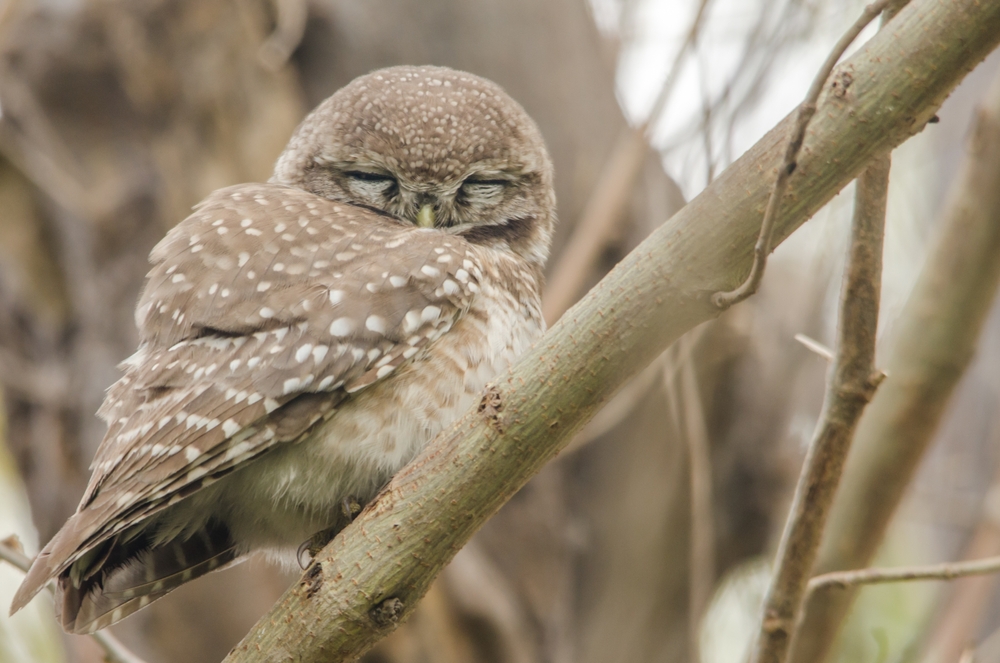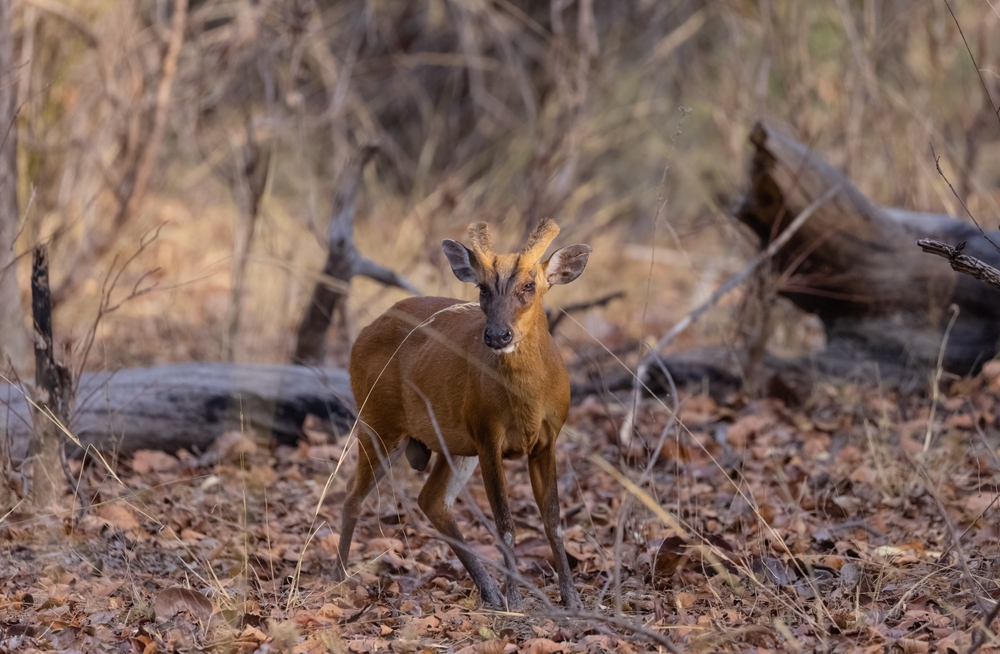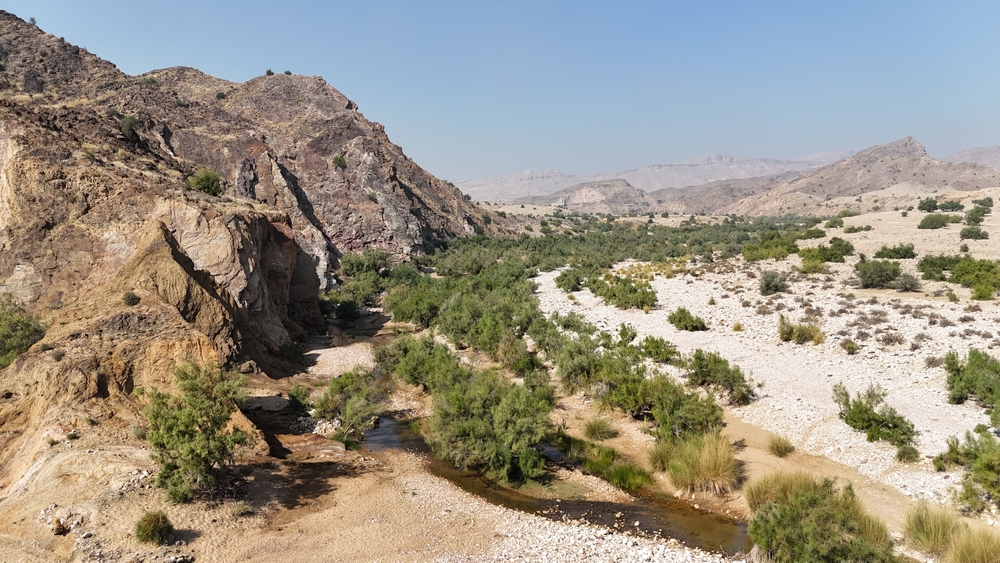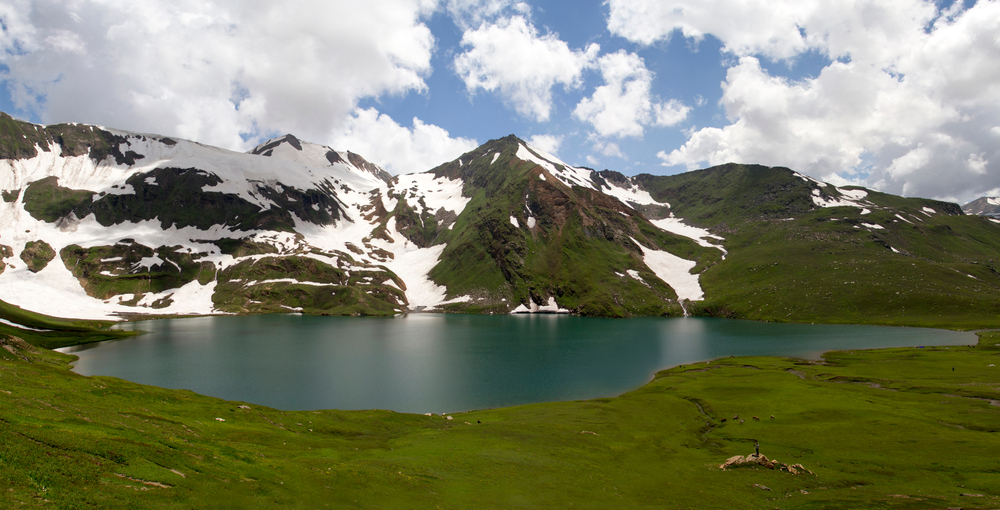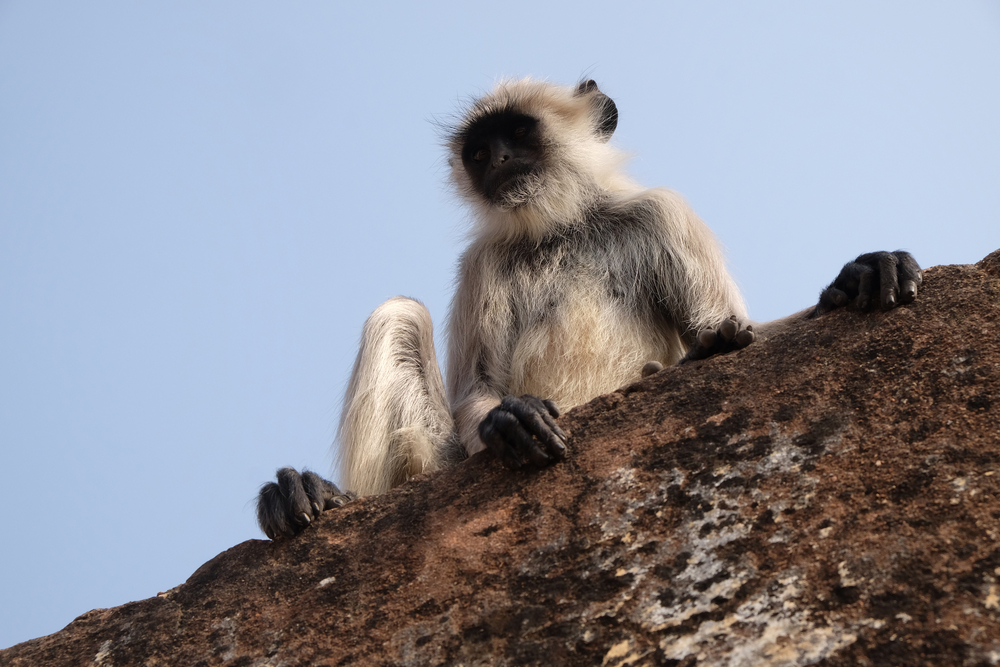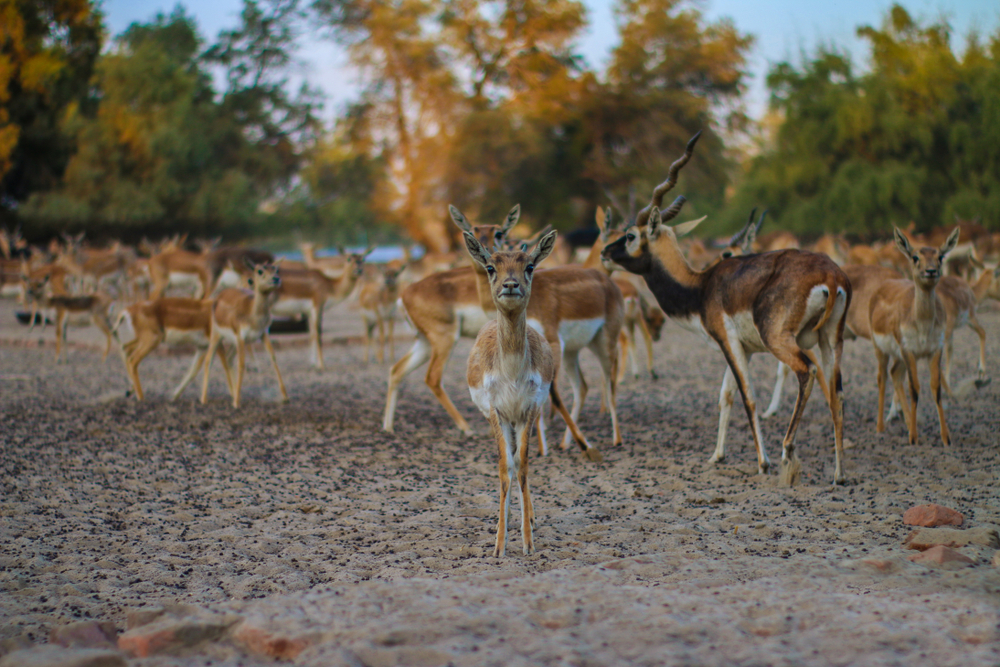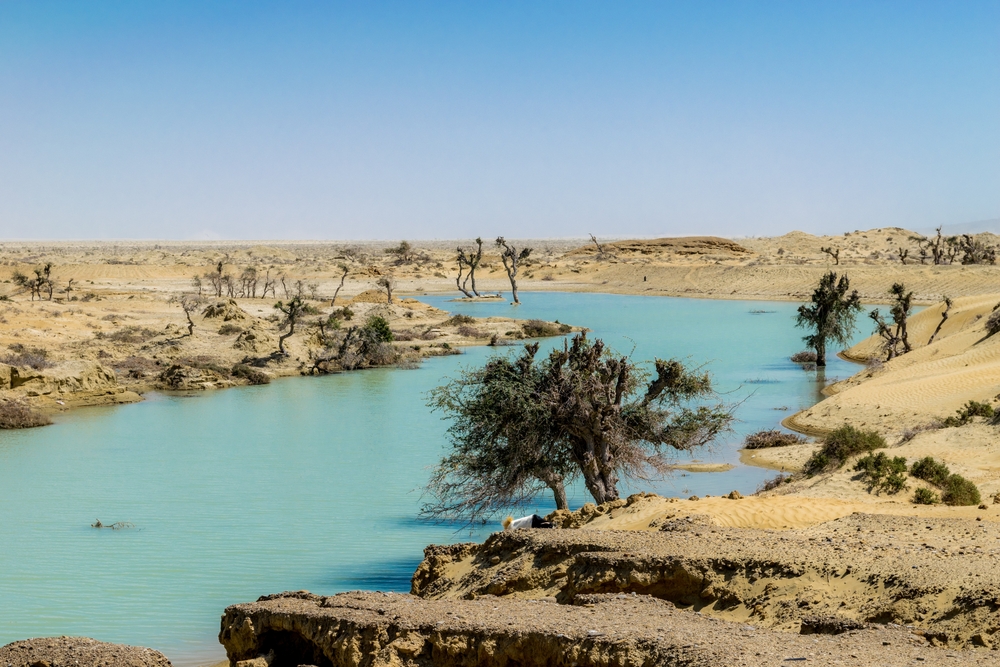Saiful Overview
Saiful National Park, locally known as سیفالملوک نیشنل پارک, is a high-altitude protected area located in the Kaghan Valley of Khyber Pakhtunkhwa, Pakistan. Covering approximately 86 square miles (223 square kilometers), the park surrounds the iconic Lake Saiful Muluk, one of the most visited alpine lakes in the country.
Established in 2003, the park was designated to conserve the fragile alpine ecosystems, glacial landscapes, and rare wildlife of the upper Kaghan Valley. Its combination of natural beauty, cultural folklore, and ecological significance makes it a standout destination in northern Pakistan.
The terrain of Saiful National Park is shaped by towering peaks, glacial valleys, and sweeping meadows that sit at elevations exceeding 10,000 feet (3,000 meters). Lake Saiful Muluk itself is located at an altitude of 10,578 feet (3,224 meters) and is surrounded by steep cliffs and snowcapped mountains, including the majestic Malika Parbat, the highest peak in the Kaghan Valley.
Glacial meltwaters feed the lake and several mountain streams that course through the park’s rocky terrain. The vegetation is largely alpine, consisting of grasses, wildflowers, mosses, and a scattering of stunted shrubs and herbs that bloom during the short summer season.
Saiful National Park provides habitat to a variety of high-altitude wildlife species adapted to cold and rugged conditions. Among the most notable are the snow leopard, Himalayan ibex, and Himalayan marmot. These animals are elusive but vital to the park’s ecosystem.
Other mammals include the musk deer and red fox. The park is also an important area for birds, with species such as the Himalayan snowcock, golden eagle, lammergeier, and various songbirds frequenting its cliffs, meadows, and lakeshores. The lake and surrounding wetlands attract waterfowl during the migratory season, adding to the park’s ecological richness.
The central feature and namesake of the park is Lake Saiful Muluk, known for its crystal-clear waters and mythical charm. According to local legend, the lake was named after a Persian prince who fell in love with a fairy princess at this spot, making it a place of folklore and romantic appeal.
The lake’s reflection of surrounding peaks, particularly during dawn and dusk, draws photographers, nature lovers, and trekkers alike. In the warmer months, the lake becomes a hub of activity, with visitors hiking, boating, and camping along its shores.
Visitors can engage with Saiful National Park through trekking routes, scenic hikes, and guided wildlife observation. The trail to Ansoo Lake, a tear-shaped high-altitude lake, begins near Lake Saiful Muluk and offers a challenging but rewarding trek.
While some jeep access exists, most of the park is best explored on foot, particularly during summer when trails are snow-free. Local guides and tour operators offer services for trekking and camping, allowing for safe and informative exploration of the alpine environment.
Conservation efforts in Saiful National Park are focused on managing tourism pressure, protecting alpine habitats, and conserving endangered species. The park’s growing popularity has led to increased litter, habitat disturbance, and illegal grazing, particularly around Lake Saiful Muluk.
However, initiatives led by the Khyber Pakhtunkhwa Wildlife Department, along with community awareness programs, aim to promote sustainable tourism and protect the park’s fragile ecosystems. Continued collaboration between local stakeholders, visitors, and conservation authorities is essential to ensure the long-term health of this iconic high-mountain landscape.














































































